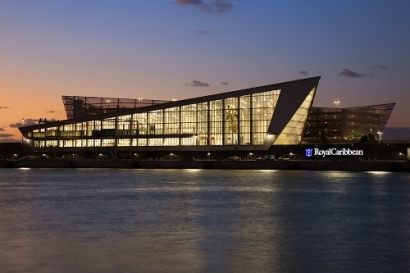
This project, Southern Power’s 11th wind facility, is located in Osage and Lyon Counties, Kansas, and is Southern Power’s first to be validated as a carbon offset project under the Verified Carbon Standard. The agreement with Royal Caribbean provides Southern Power with the economic basis to construct the project. Royal Caribbean was advised on the execution of this agreement by Schneider Electric Energy & Sustainability Services.
“This agreement complements our longstanding strategic initiatives to reduce the company’s emissions and become a more sustainable operator,” said Richard D. Fain, Chairman and CEO, Royal Caribbean Cruises Ltd.
The facility is anticipated to generate roughly 760,000 MWh per year over the duration of the 12-year agreement, which translates to enough energy to offset approximately 10-12 percent of Royal Caribbean’s annual carbon emissions starting in 2020. With this innovative program, Royal Caribbean is able to apply a new approach while continuing its primary initiatives to advance sustainability efforts across the company’s fleet.
“Southern Power is thrilled to partner with Royal Caribbean to provide the company with a carbon offset project that will further complement Royal Caribbean’s expansive sustainability initiatives,” said Southern Power President and CEO Mark Lantrip.
The 200-MW project was originally developed by RES who will lead the construction of the project alongside Southern Power. Reading Wind is expected to consist of 62 wind turbines manufactured by Siemens Gamesa. The project is expected to break ground in the second quarter of 2019 and is expected to be complete by the second quarter of 2020. Southern Power will operate and maintain the facility upon completion.
Royal Caribbean has a longstanding commitment to environmental stewardship which the company expanded in 2016 to set ambitious and measurable goals to reduce the company’s environmental footprint. In addition to the agreement with Southern Power, Royal Caribbean is also employing several technologies and innovations to reduce greenhouse gas emissions and create more efficient vessels, including:

